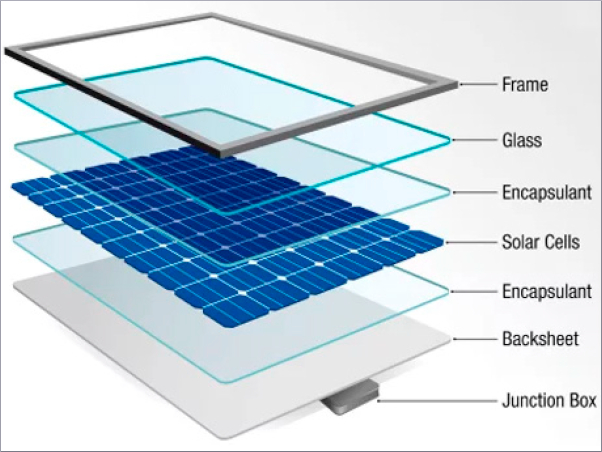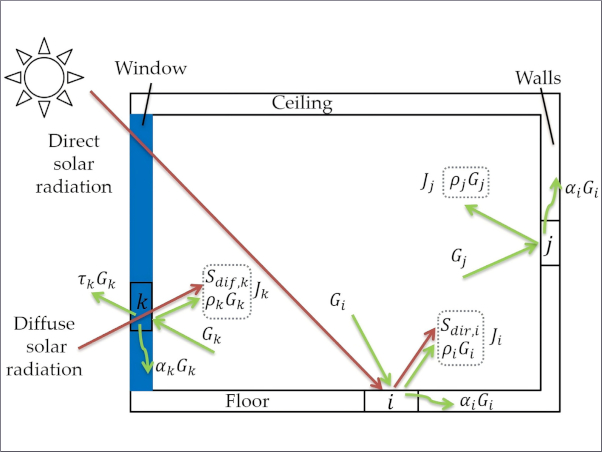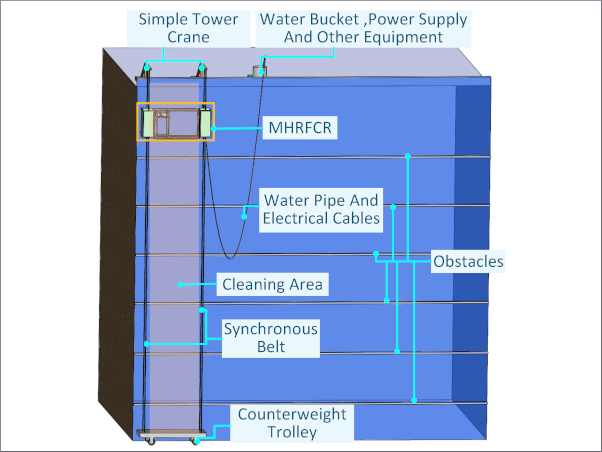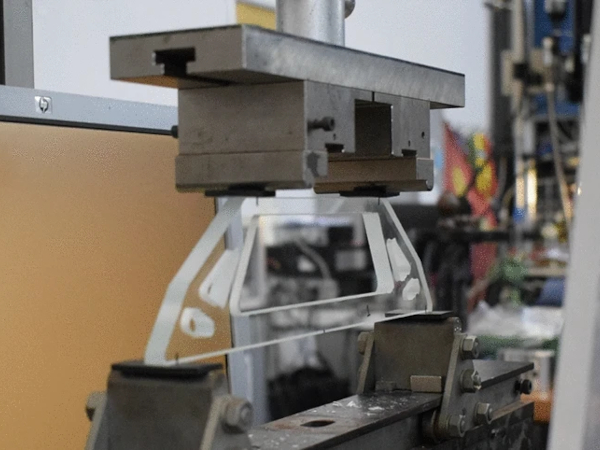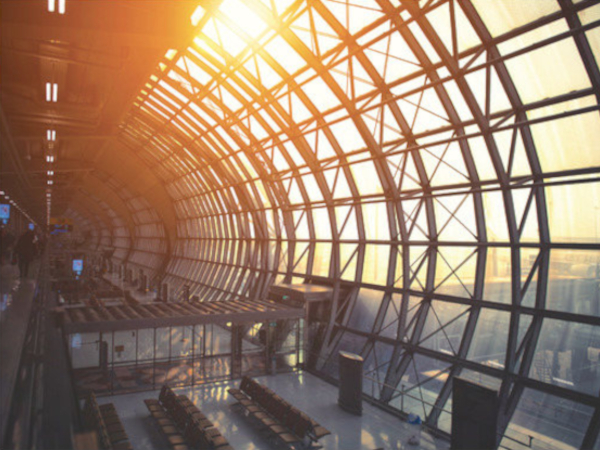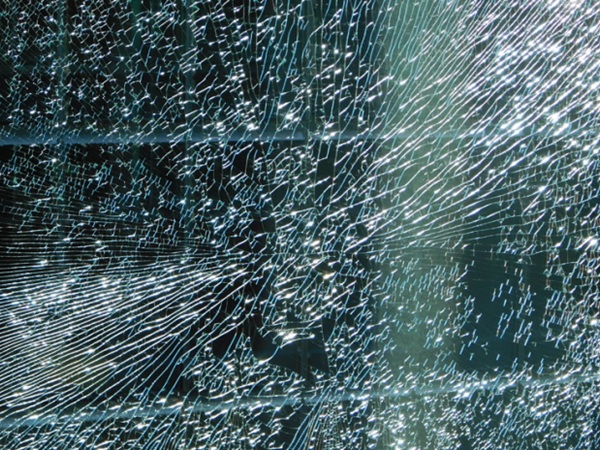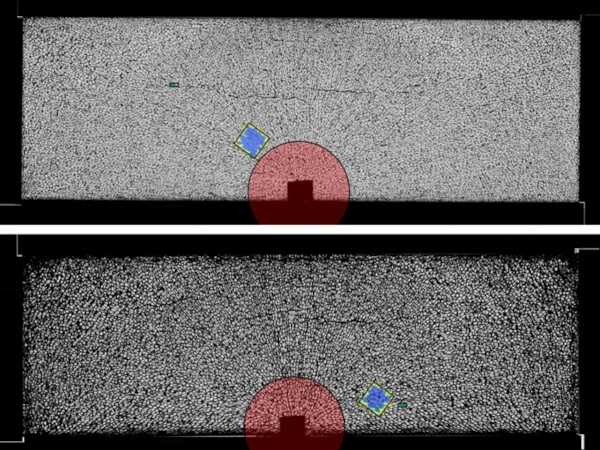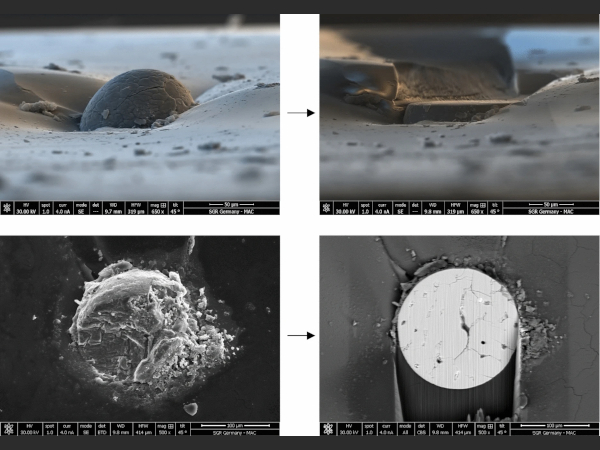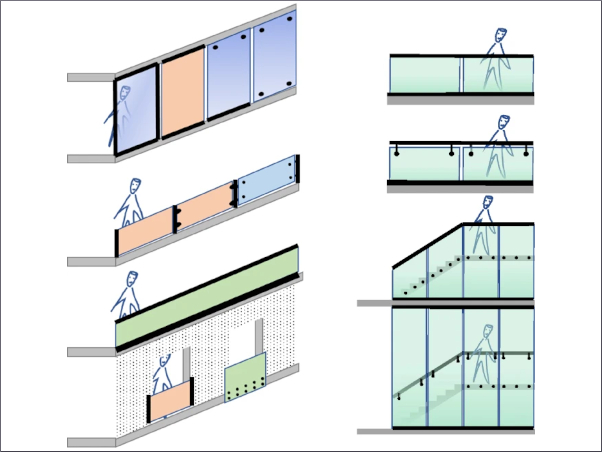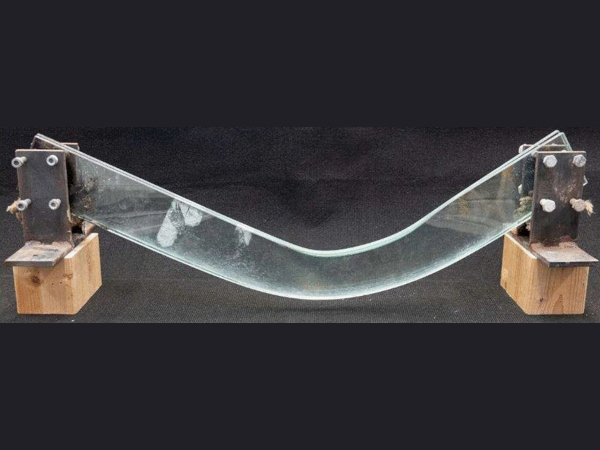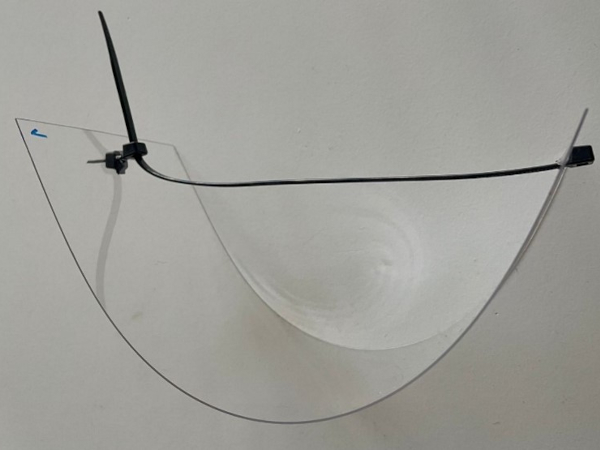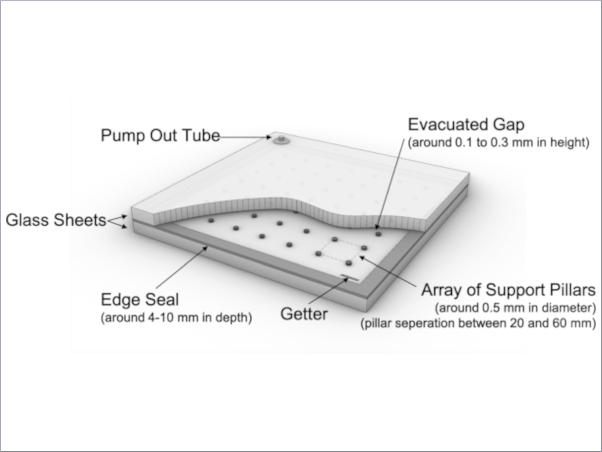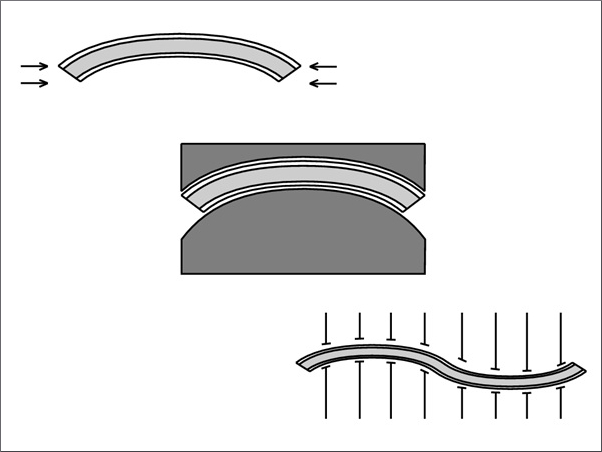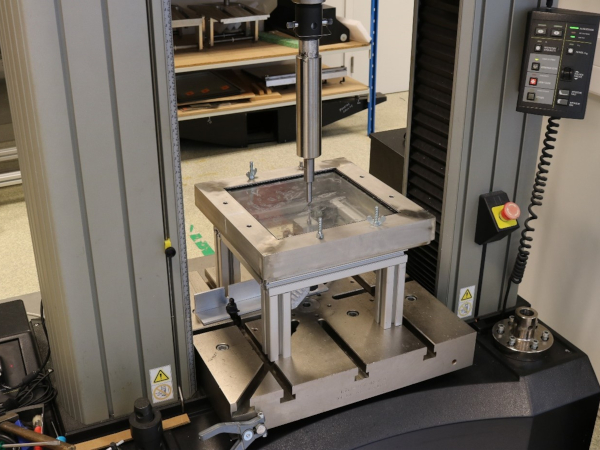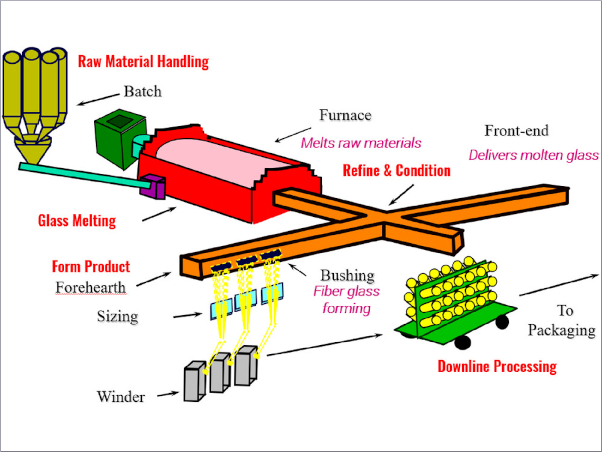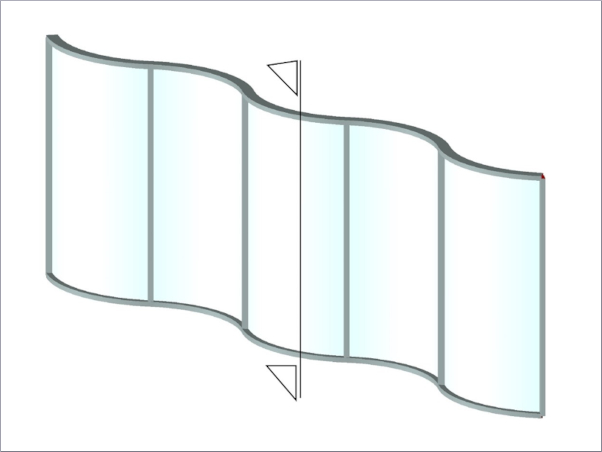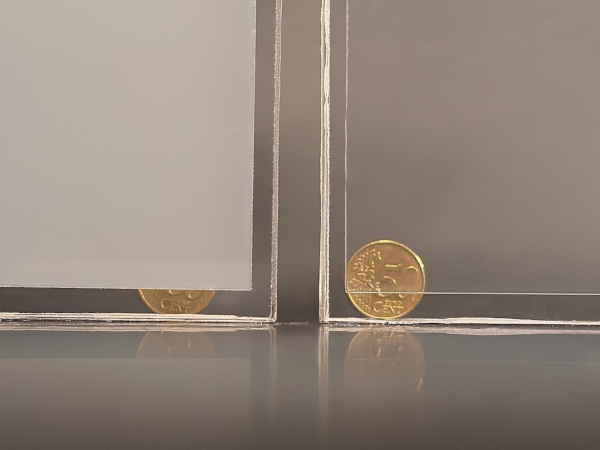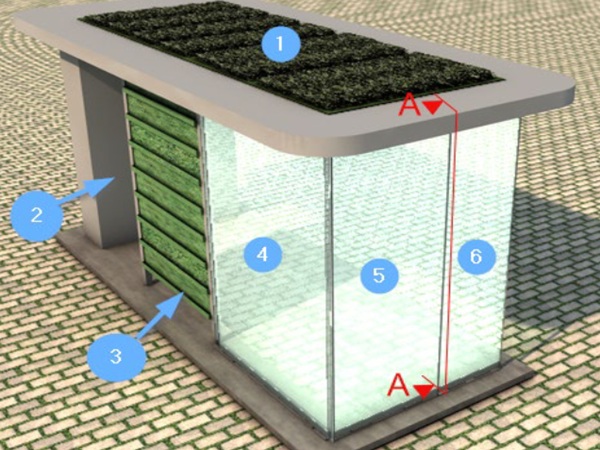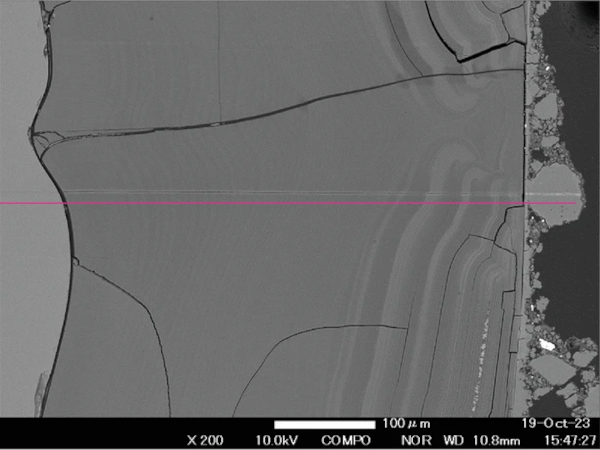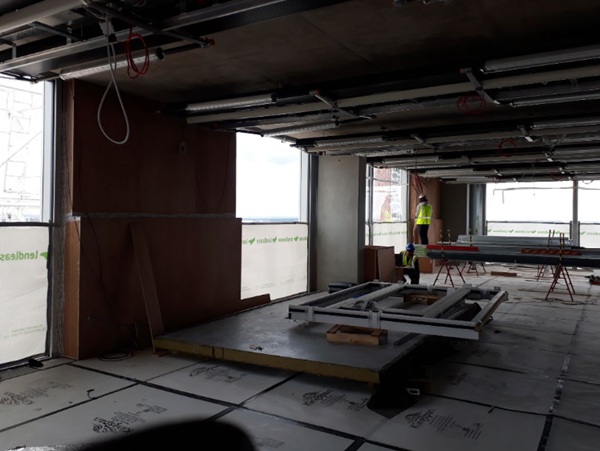A new study shows that adding green building requirements to contracts boosts energy performance and sustainability in hot climate zones.
Retrofitting buildings is key to boosting energy efficiency and climate resilience, especially in dense, subtropical cities like Hong Kong.
Gaps and Challenges in Modelling Optimization and Limit Performance Indicators
As glass curtain walls become increasingly popular in modern architecture, understanding how much solar radiation escapes through these transparent facades is essential for accurate cooling load calculations and energy efficiency.
This paper presents a 3-Degree-of-Freedom Modular High-Rise Façade-Cleaning Robot (3-DOF-MHRFCR), consisting of a lifting module, an XYZ motion module, and a cleaning module.
This research proposes a suite of TO algorithmic frameworks that design specifically for structural glass.
As modern buildings increasingly use glass for its aesthetic appeal, managing excessive sunlight has become a challenge—this study explores how innovative kinetic façades can optimize indoor daylight while enhancing energy efficiency and comfort.
Spontaneous breakage in tempered glass due to Nickel Sulfide (NiS) inclusions remains a critical topic in the industry—this paper examines the risks, benefits, and effectiveness of heat soaking as a preventive measure across different markets.
In this experimental investigation, the surface and edge stress were measured on standardized format thermally toughened safety glass, with different edge processing and glass thicknesses from three different suppliers.
Can we state if the Heat Soak Test (HST) was done according to EN14179-1:2005 or not?
The German code for the design of glass structures, DIN 18008, was first published in its final version in 2010 and 2013; as several major changes were suggested, the periodical revision took longer than expected.
Understanding how glass behaves under high temperatures is essential for improving the safety and performance of glass structures exposed to heat and fire.
Glass finishing is a key element of modern glass processing. Over the past decades it has developed into a precise science allowing the properties of glass surfaces to be treated selectively.
This study explores the strength and fracture behavior of waterjet-cut glass, comparing it to traditionally cut glass through detailed testing and analysis.
This paper addresses the constraints of thin glass in construction and explores optimal bending techniques to maximize its potential through a detailed study of its properties.
The present paper and the related research provide insight into the possibilities to further process glass by additive manufacturing methods and thereby exploring the potential for the built environment.
Vacuum insulating glass (VIG) has demonstrated competitive Ug-values (heat transfer coefficients) which show promise to further reduce energy consumption from buildings.
This paper presents the investigation of three LOCA for application as interlayers in laminated glass. Within a comprehensive experimental study, essential material properties were investigated.
This study used analytical and experimental methods to examine stress distribution and crack propagation behavior during wheel scribing.
This study examines prestressed glass specimens that are 0.5mm, 1.1mm, and 2.1mm thick in comparison to glass of the same thicknesses that have not been enhanced by the novel stiffening method.
There are ways to reduce the energy consumption and emissions of glass melting, such as recycling glass, using oxy-fuel burners, improving furnace insulation and design, and adopting electric melting technologies.
This paper is a discussion about concepts to minimize the glass thickness as much as possible for a usage of thin glass for insulated glass.
This paper presents an overview of the initial stages of developing a switchable laminated safety glass made of thin glass, polycarbonate, and polyurethane interlayers.
Understanding the structural behavior of glass under combined static and dynamic loads is crucial for safety and stability.
At the Ballidon experiment, one of the longest running glass durability studies, modern and simulant archaeological glasses were buried in mildly alkaline, under-saturated, conditions for 52 years. Glass surfaces were analysed to determine the extent and mechanisms of alteration.
The authors investigate the dynamic factor dependency on the major wind excitation parameters, including mean wind velocity, turbulence factor and system dynamic properties, using the Single Degree of Freedom simplification.

